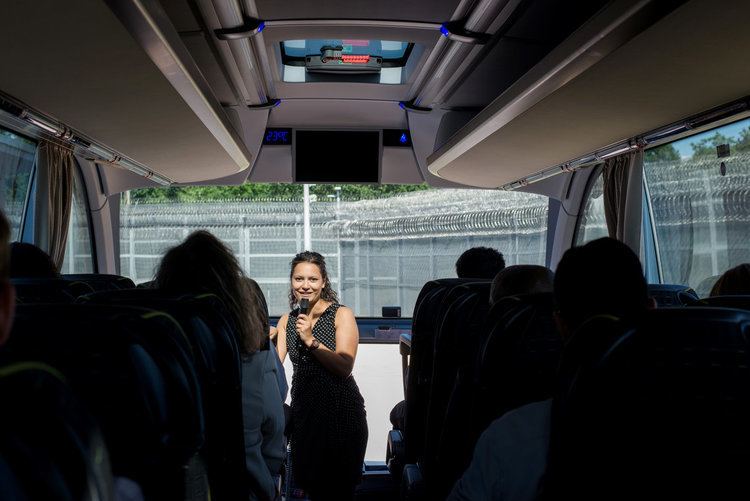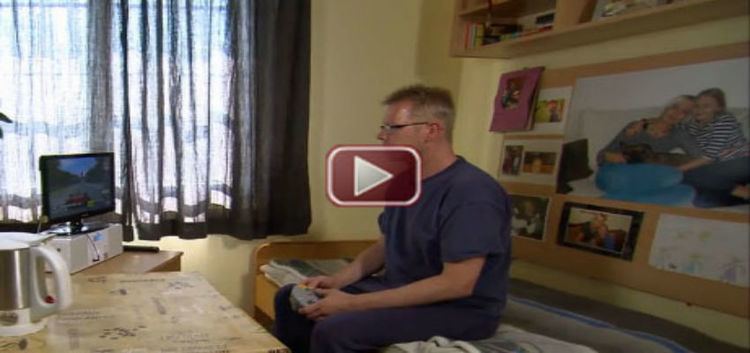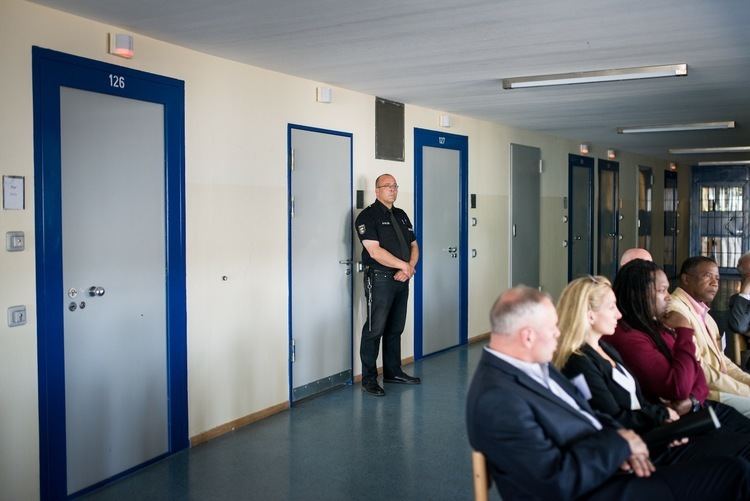 | ||
What we can learn from german prisons
The prisons in Germany are run solely by the federal states, although governed by a federal law. The aim of prison confinement in Germany is twofold: emphasis is placed on enabling prisoners to lead a life of "social responsibility free of crime" upon release, but society is also to be protected from further acts of crime by the guilty.
Contents

Organization

The head offices for the state prison services are in the respective state justice ministry. There, a prison service department controls the organisation of the prison service, personnel matters, basic and advanced training for prison staff, budgets, construction, cooperation in prison service legislation, the employment of prisoners, and vocational training and education for prisoners. It also reviews petitions and complaints and its representatives visit and inspect the prisons regularly. There is no mid-level authority anymore between the Ministry of Justice and the prisons. This direct contact facilitates decision-making and ensures the ministry is close to the life of the prison service.
Confinement

As a rule, pretrial confinement is conducted at a facility close to the public prosecutor’s office that is prosecuting the case. Criminals who have never been imprisoned (or were imprisoned for a maximum of three months) are generally assigned to prisons for first-time offenders (Erstvollzug). Recidivists are assigned to so-called regular imprisonment (Regelvollzug). People who receive long sentences are imprisoned at a maximum security prison (Langstrafenanstalt). Special institutions are also provided for female and juvenile prisoners and for those with special health or psychiatric needs. Social-therapeutic prisons (sozialtherapeutische Haftanstalten) are special departments for prisoners that have been punished for sexual crimes. In these prisons, groups of 10-15 prisoners live together and each group is supported by assigned social workers, correction officers and psychologists. The goal of these sections is to give the prisoners a chance to refurbish socialization deficits.
Law
The first German Prison Act was passed in 1976 by federal legislation. It applies only to adults. Because of a 2006 decision of the Federal Constitutional Court, also Juvenile corrections has to be put on a legal basis until the end of 2007. In an unrelated development, the Federal German parliament decided in 2006, to reorganize relations between the Federal government and the Länder (states) ("federalism reform"). In this context prison legislation was assigned to the individual Länder. By 1 January 2008 prison laws for adults would come into effect in three Länder (Bavaria, Hamburg, Lower Saxony). In the other Länder the old Federal Prison Act will remain in force for the time being.
Previous types of prisons

Before 1970, there were five kinds of confinement in Germany. They were Zuchthaus (prison), Gefängnis (prison), Einschließung (jail), Arbeitshaus (workhouse), and Haft (custody). A Zuchthaus was a prison of hard, physically exerting labor, such as breaking rocks, where prisoners had to work, even to the point of collapse. This was repealed by a reform of the penal code, which took effect on March 31, 1970 . Today, a Gefängnis is known as a Justizvollzugsanstalt, or "Justice Enforcement Facility".



